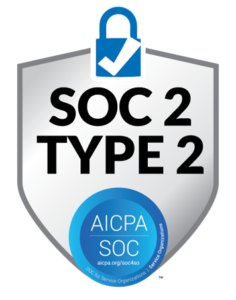Executive Summary:
- Incentive pay programs can lead to higher productivity, better retention, and labor cost savings.
- A successful incentive program requires well-defined performance metrics and a labor management system (LMS) to track and manage engineered labor standards.
- Non-monetary incentives also play a crucial role in fostering a culture of high performance.
With the labor market still tight for warehouse operations, performance-based incentive pay programs that effectively increase productivity and retention while driving labor cost savings are more important than ever. But not all incentive programs are created equal. The best are built upon the bedrock of standard operating procedures (SOPs), engineered labor standards, and managed via effective labor management software (LMS). Here are the best practices to consider when implementing or improving an incentive pay initiative.
The Fundamentals of Incentive Pay Programs
Effective incentive programs are built on a foundation of well-defined performance metrics as part of a robust labor management program.
- Performance expectations should be based on engineered labor standards, accounting for numerous factors such as number of lines, cases, equipment speeds and weight handled, ensuring fairness and accuracy in the measurement of employee performance. The labor management system (LMS) calculates and reports individual and team performance against these performance expectations, enabling organizations to calculate incentive pay accurately.
- It is crucial to align the program with the organization’s specific goals and culture. For example, a focus on retention might lead to incentive structures designed to encourage employee loyalty.
- Simplicity is key to successful incentive program design. While tiered incentive programs can be effective, they require careful consideration. The more complex the program, the more challenging it becomes to communicate effectively with employees. Organizations should strike a balance between offering flexibility and maintaining clarity in their incentive structure.
Adding Non-Monetary Incentives and Recognition Programs
In addition to financial incentives, non-monetary recognition programs play a pivotal role in fostering a culture of high performance and retention. Additionally, non-monetary rewards such as team lunches or company swag can also boost morale and reinforce a culture of excellence. Real-time production boards and gamification can provide employees with instant feedback and recognition, helping to maintain a motivated and engaged workforce.
Managing Employees Who do not Participate in the Incentive Program
The best labor management programs require employees to work at a minimum level of performance and pay incentives only if they perform above the minimum level. Incentive programs are voluntary and not all employees are motivated by additional pay. Management will need to understand that it is acceptable to have employees who choose not to participate in the incentive program if they are performing at the minimum performance level. Of course, it is encouraged that each floor manager understands what motivates each of their employees such that performance levels and retention goals are met. Additionally, if the incentive program does not have a consistent participation rate above seventy percent, understanding what truly motivates your employees is key to an effective incentive program. All Roads Lead to Labor Cost Savings
One potent outcome of a well-implemented incentive program supported by labor management software and engineered labor standards is significant labor cost savings. While the exact percentage of savings can vary depending on the design of the incentive program, labor savings of 12 to 15% are common. Such a substantial labor cost reduction can significantly boost an organization’s bottom line, making incentive programs an attractive addition to any labor management program.
When designed thoughtfully and aligned with organizational goals, incentive pay programs can foster a culture of high performance and engagement. The key lies in understanding that incentives and recognition are just two pieces of the puzzle. They should be integrated with a broader labor management strategy that encompasses clear performance expectations, labor management software, and a robust communications plan.
Connect with TZA today to learn how a labor management system (LMS) can help support your incentive pay program and drive higher productivity and retention while lowering labor costs.
Author: Andy Paulson, Senior Director of Sales and Marketing
Related TZA Resources:


